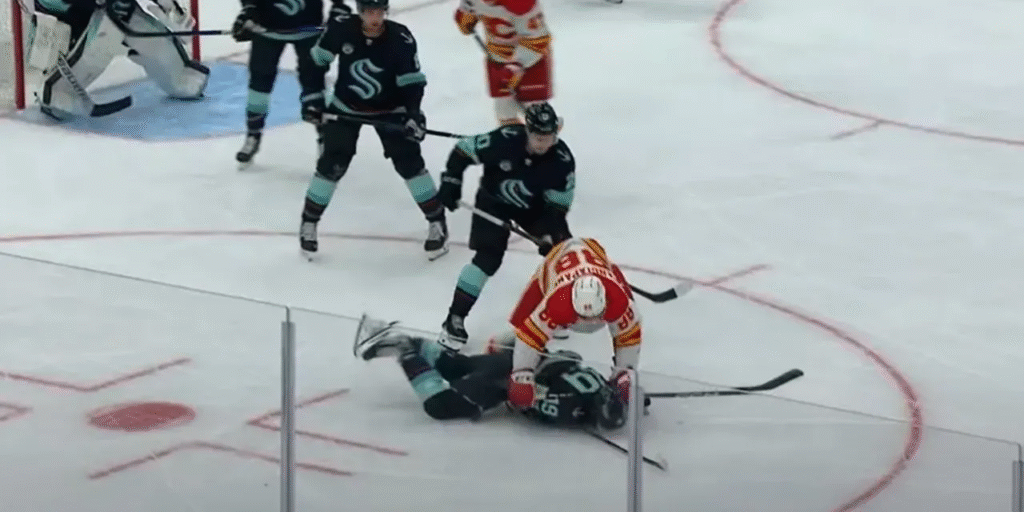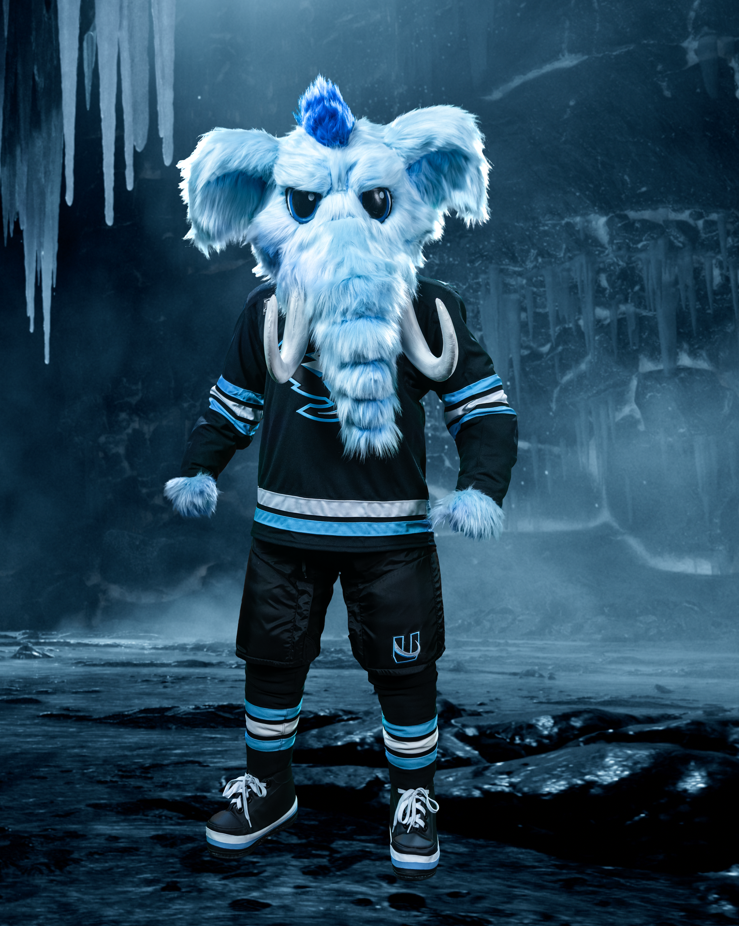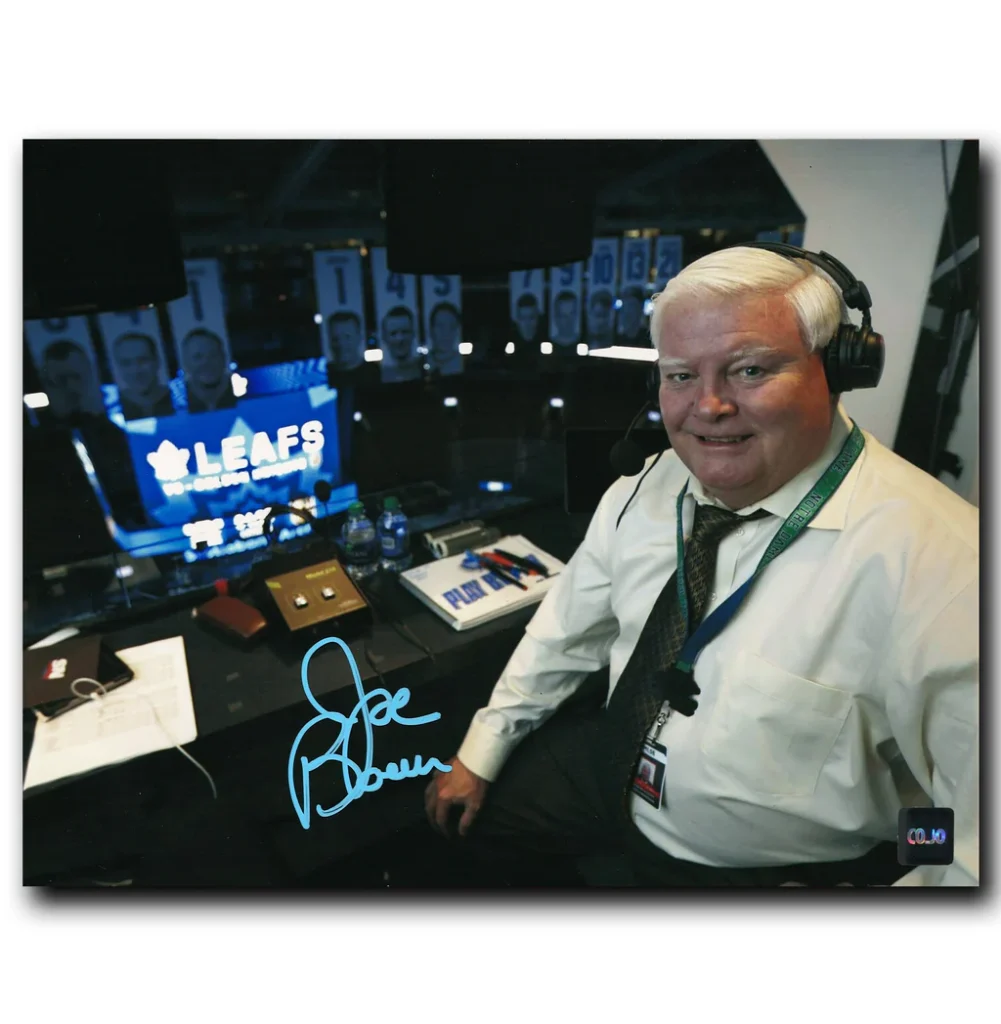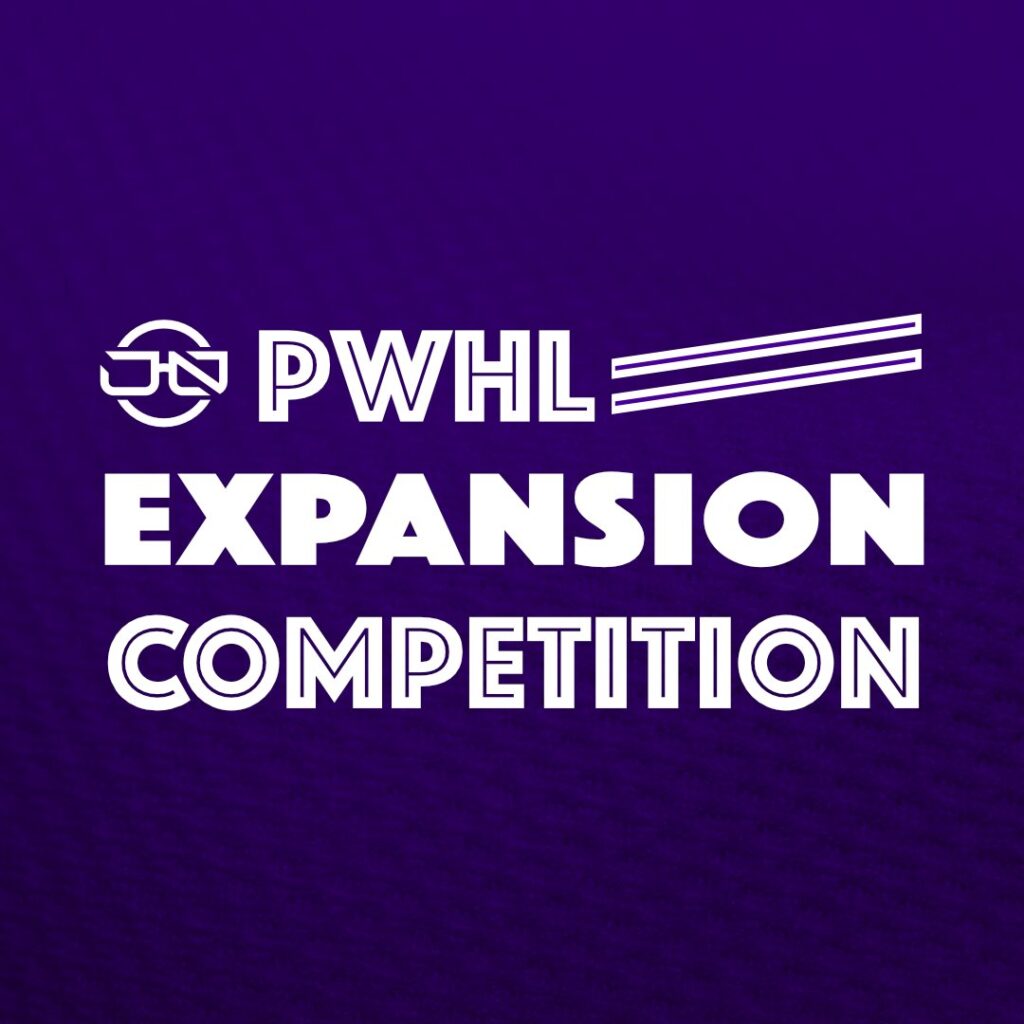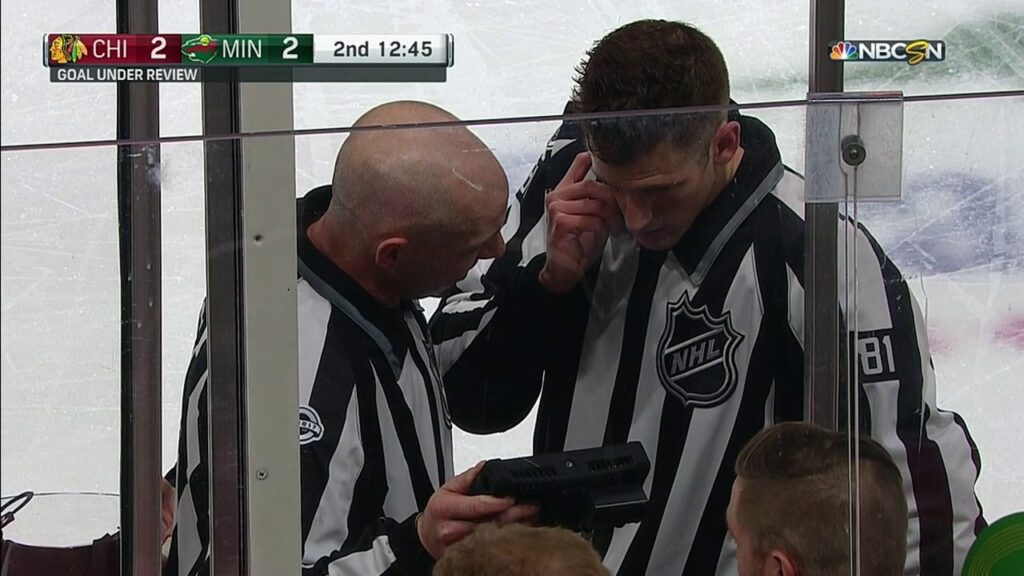It’s an incident most hockey fans have witnessed repeatedly: while fending off an energetic opponent, a puck-carrier traveling at high speed suddenly falls in a heap, spewing blood and writhing in pain.
Depending on their seat location, some fans know why—while most wonder why. The subsequent video replay quickly solves the riddle. The defender’s stick, flailing like a wet noodle, makes contact with the puck-carrier’s chin, bringing gameplay to a halt.
While such incidents are most often accidental, the talking heads on radio and television are quick to remind us that intentional or not, a player is always responsible for his stick. Which makes sense—after all, it is against the rules.
But so too is elbowing. And yet, based on the NHL’s always-ridiculous rule interpretations, an elbow to an opponent’s head is far too often deemed accidental—and quickly shuffled to the “nothing to see here” file. As a result, some of the game’s top cheap-shot artists (Sam Bennett, Tom Wilson, Corey Perry—just to name a few) have mastered the “intentional-unintentional” elbowing stunt.
Career-ending head injuries aside, this is just the tip of the iceberg when it comes to a slow-evolving trend—one that sees the NHL whistling past the graveyard.
In making our case, let’s first look back to the 2004–05 NHL lockout, when former All-Star Brendan Shanahan initiated a hockey summit that, according to the New York Post, “brought together players, coaches, general managers, NHL executives, agents, and broadcast leaders to re-evaluate the pace and flow of the game.”
In a nutshell, the game had become frequently boring, and at times, unwatchable. The rule book had turned into a history book. Fans endured constant hooking, holding, interference, and vicious net-front cross-checking. As a result, smaller skilled players—aside from a few exceptional elites—need not apply. Defensive-minded coaches (many of whom were defensive-minded simply because they couldn’t teach offense) were more than happy to join the rule-breaking party.
The summit was a success, and so it began: the hooking, holding, and interference rules were strictly enforced; speed and skill exposed the large and the slow; scoring chances increased, as did scoring; magical plays returned—and fan interest too.
Why then did the NHL stop there? If increased enforcement of the rule book (along with revisions) revitalized the game, why wasn’t the league curious to see what else was possible? After all, the three most successful sports leagues in North America—the NFL, NBA, and MLB—had already figured it out: Offense sells. Scoring sells. Excitement sells. Defense smells.
It’s no surprise, then, that recent rule changes in these leagues have drawn the ire of defenders—and no one else.
Foolishly, Gary Bettman and his NHL partners were pretenders. They dipped their toes in the pool but refused to dive in. They played nice during the regular season and let the entertainers entertain. But come playoff time, the rule book became a mere suggestion again.
Oh sure, hooking, holding, and interference were still no-no’s, and as described earlier, even an accidental high stick was penalized more often than not. But the real ugly stuff remained acceptable—ranking ahead of skill, ahead of scoring, ahead of high-flying game pace.
Instead, viewers were subjected to cheap-shot flying elbows, never-ending post-whistle face-washing scrums, high-speed charging infractions, and nonstop rampant cross-checking.
Even worse—collectively, these violations proved to be a recipe for success.
Ladies and gentlemen, meet your two-time Stanley Cup champion Florida Panthers—distant cousins of the famous Broad Street Bullies, a.k.a. the 1975 Philadelphia Flyers.
THE CROSS-CHECKING THREAT THAT LOOMS
More than anything, the troubling surge in cross-checking has the potential to eradicate the skill-filled improvements the “Shanahan Summit” delivered. The upswing in these uncalled fouls will continue for one simple reason: it’s effective.
Being a copycat league, we now see signs—based on the just-completed NHL Entry Draft—that when it comes to defenders, big, long, and tall are back in vogue, while skill, speed, and small are often second choice. And why not? As long as the NHL continues turning a blind eye to a clearly illegal tactic that wins games more often than not, job-conscious GMs and coaches will happily join the party.
Oddly enough, the NHL did briefly acknowledge the problem. Prior to the 2021–22 season, a major crackdown on cross-checking was announced. At first, a noticeable new standard was enforced by NHL officials—but by mid-season, the crackdown quietly vanished. Referees reverted to their old pattern of “letting the players play.”
“They always say they’re going to crack down. It lasts about a month. Then it’s back to business as usual.” — Kevin Bieksa, Sportsnet
While other major sports — all boasting followings the NHL can only dream of — continue to adopt new rules that prioritize skill and scoring, the NHL is once again heading in the opposite direction.
Oh sure, many will scoff and dismiss what this writer (and others) sees slowly evolving: “It’s just the latest NHL trend,” they’ll say.
Uh-huh. Just like the trend that forced the NHL to save itself via the 2005 summit?
The NHL can “let the players play” all they want—but in doing so, far fewer will be watching them play. At which point, the league will panic and try to save itself again.

